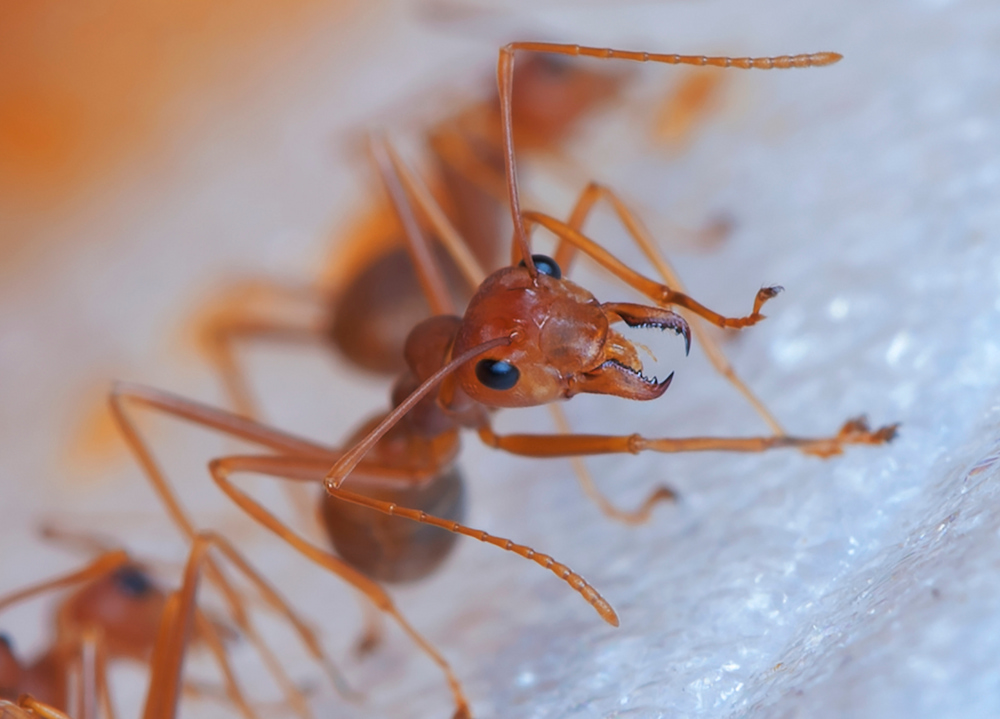Red fire ants are one of the worst invasive species to reach Australia, the Federal Government states, causing extensive damage to ecology and agriculture. The Invasive Species Council warns that “their stings can kill people and livestock”, and that “they can wipe out entire native ecosystems” – and nearly the whole continent is vulnerable to them.
“Invasive species are marching down Australia’s east coast,” Rebecca Vassarotti, ACT Minister for the Environment, said. “There’s no doubt about it, this is a crisis…
“Without joint action, this invasive species will reach every part of Australia.
“Australia’s environment is seriously threatened by red fire ants. As they spread, fire ants will begin to feed on insects, spiders, lizards, frogs, birds, and mammals that make up our natural ecosystems.
“This means that they threaten not only our environment, but our food production, as well as the health of our people and animals.”
When the ants were first discovered in Queensland two decades ago, the National Fire Ant Eradication Program (NFAEP) was set up: a nationally cost-shared program funded by all Australian state and territory governments, and the Federal Government.
Now the red ants are coming south. Last month, they were found in north-eastern NSW – the first time they had crossed the Queensland border, and the most southern infestation the NFAEP has encountered.
A new Fire Ant Response Plan 2023–27 aims to contain the insects and eliminate them. The ACT Government will contribute more than $5 million to help eradicate red fire ants, Ms Vassarotti announced.
“So far, work to address fire ants has slowed their spread. But, after a review of the program, it was clear that Australia needs to increase its resourcing to this pest.
“As ACT Minister for Environment, I was pleased to agree to increased resourcing and recognize the importance of fully meeting our share of the costs.”
She believes this commitment shows the ACT Government is a national player in protecting and preserving the natural environment.
“Every level of government must work together to protect Australia,” Ms Vassarotti said.
“While $5.098 million is a significant figure, it’s an investment that will protect our environment and our economy.
“As custodians of the bush capital, we have a responsibility to protect our local environment from this aggressive invasive ant.”
Ms Vassarotti applauded the Queensland Government’s efforts to control and eradicate fire ants, recognising the logistical challenges, resource intensiveness, and costs.
The ACT Government will also assess restrictions under the Pest Plants and Animals Act 2005 on the import of organic material (such as mulch, woodchips, compost, sand, gravel, soil, and hay) from infected areas of NSW and south-east Queensland.



